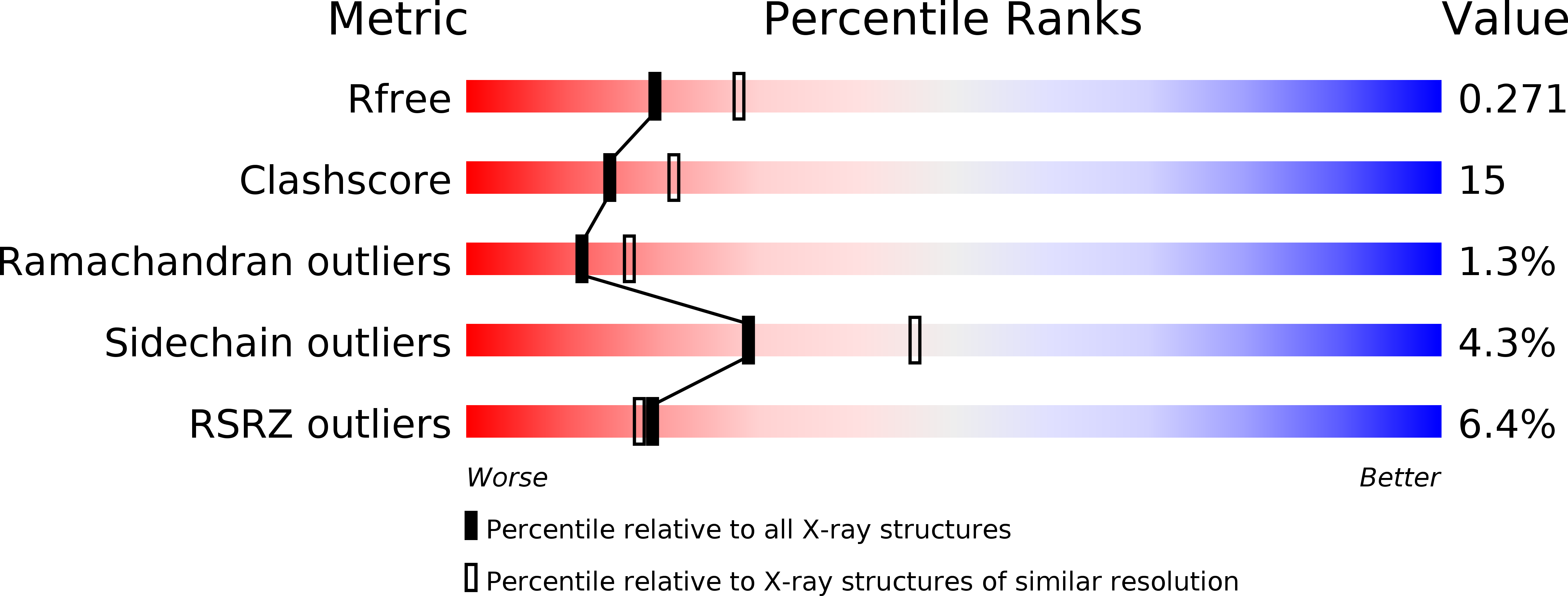
Deposition Date
2007-04-02
Release Date
2007-04-17
Last Version Date
2023-08-30
Entry Detail
PDB ID:
2PE6
Keywords:
Title:
Non-covalent complex between human SUMO-1 and human Ubc9
Biological Source:
Source Organism:
Homo sapiens (Taxon ID: 9606)
Host Organism:
Method Details:
Experimental Method:
Resolution:
2.40 Å
R-Value Free:
0.25
R-Value Work:
0.22
R-Value Observed:
0.22
Space Group:
P 21 21 2


